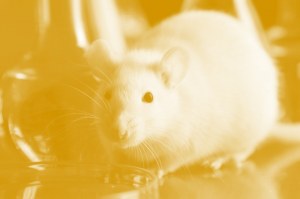
Respiratory Disease Models
We propose validated rodent models to evaluate the potential efficacy of new anti-inflammatory, anti-fibrotic and bronchodilator agents targeting pulmonary fibrosis and asthmatic conditions.
Asthma Models
Asthma is a common disease of the lungs. It is one of the most common chronic diseases of childhood. Asthma is thought to be a combination of environmental and genetic factors. The symptoms of this chronic inflammatory disease of the airways is manifested as variable symptoms like wheezing, coughing, chest tightness and shortness of breath. Many environmental factors including indoor allergens, outdoor factors like pollen, air pollution have been associated with asthma’s development and exacerbation.
- Ova or other allergen (cedar pollen, dust mote antigen) induced asthma studies performed using a rodent model
- The models can range from mild, to more severe disease in order to evaluate treatment options
- Asthma symptom readouts: eg. airway hyper responsiveness, respiratory rate, and PenH can be measured by WBP
- Hypoxia related symptoms can be analyzed by measurement of blood gases by iSTAT
- Antigen specific IgE, IgA levels and cytokines can be analyzed in serum and bronchoalveolar lavage fluids
- Lung functional analysis of resistance, compliance, elastance can be analyzed by FlexiVent
- Periodic Acid Schiff staining can determine mucus in the airways of the lungs
Respiratory Syncytial Virus (RSV) – Mouse & Cotton Rat
RSV infection is the major cause of severe respiratory illness in infants and young children, as well as immune compromised individuals and the elderly. It causes a range of illnesses varying from mild infection to life-threatening bronchiolitis and respiratory failure. Rodent models for testing efficacy and safety in preclinical studies provide a critical component to the development of anti-RSV antibodies, small molecules and vaccines.
>> For more information and quote request, contact us

